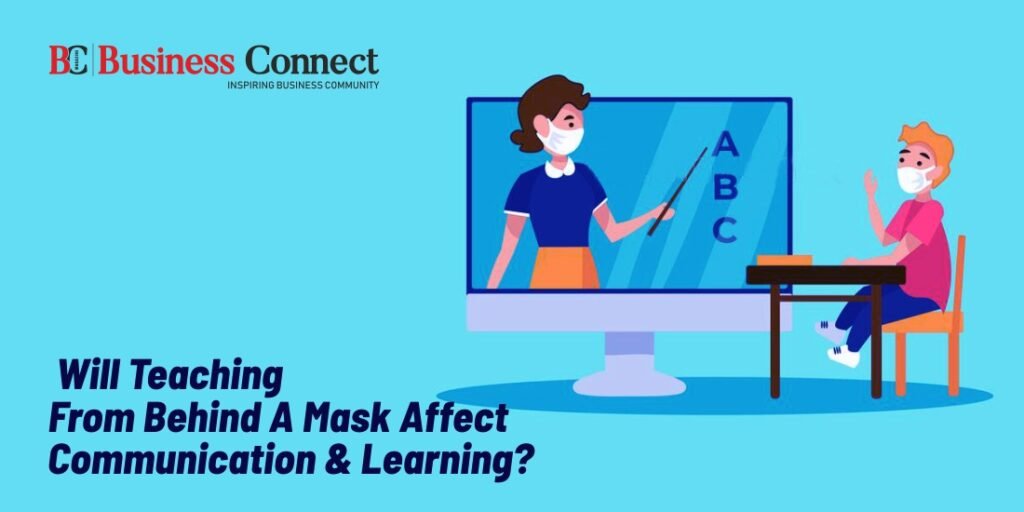Will Teaching From Behind A Mask Affect Communication & Learning?
By: Ashwathy Nair
Due to the Coronavirus pandemic, after spending so many months at home, children around the world are returning to school. Things at school won’t be as same as before, there will be a set of new rules and regulations that will be mandated to follow.
One of the most important rules that would be listed at the top is to wear a mask. Masks have become the most common part of our lives now but the question arises, how children will adapt to such a new environment at schools? How will teaching and learning behind a mask affect the learning?
When the matter of communication comes, the first thing that approaches to our mind is talking through our mouths in order to create sounds and speech. However, contact actually requires a range of visual and audio signals, such as facial expressions, gestures and eye gaze, as well as speech.
The face, from which observers can quickly and easily generate a variety of readings, is one of the most important tools in human communication. The most basic type of human communication is through facial expressions.
Will children be able to adapt to this new normal of education through behind the mask? How can face masks change the learning environment?
At school, for children, it is more convenient to retain knowledge and understand new concepts of learnings through gestures. The way children interact and understand is through the assistance of both visual and audio sensory inputs. Although, gestures could prove helpful as teachers communicate from behind the mask, if visual speech signals are fully obscured, learning would certainly be impaired. But how, and to what extent?
The lower half of the face is obscured by masks that limit the ability to speak, perceive and imitate the gestures of those with whom we communicate. Positive emotions become less noticeable, amplifying negative emotions. In general, emotional mimicry, contagion, and emotionality are reduced and that way the bonding between teachers and students might get disturbed.
“Face features (such as the size and shape of the nose, the colour of the eyes, etc.) and their formation are not only used to describe faces but also to infer the emotions they convey”.
Every child cannot adapt to communicating with masks, some children may face difficulties. For instance, children those are deaf or have some hearing issues mostly rely on lip-reading but due to the wearing of masks, they could fall behind. Teachers may have to come up with some ideas and adapt their strategies according to the needs of the students.
Well, soon the schools will reopen and children will be back to their school life but things won’t be the same as earlier. There will be new rules, new methods of learning etc. we are all aware that the COVID-19 pandemic has changed our lives a lot and people are trying to adapt to the new normal.
There is a widespread apprehension as the school years approach to begin. While it remains to be seen exactly how will children be reacting to the situation where teachers will be teaching them wearing masks. The most important thing for both children and teachers is to adjust to the new normal.



